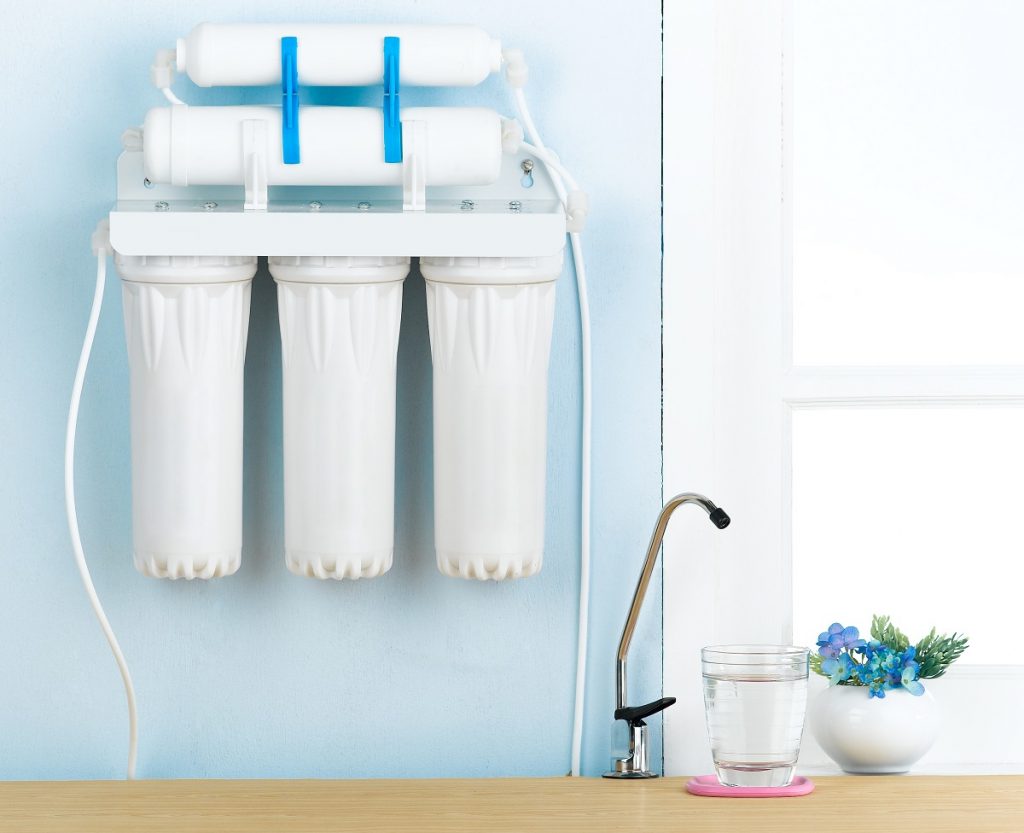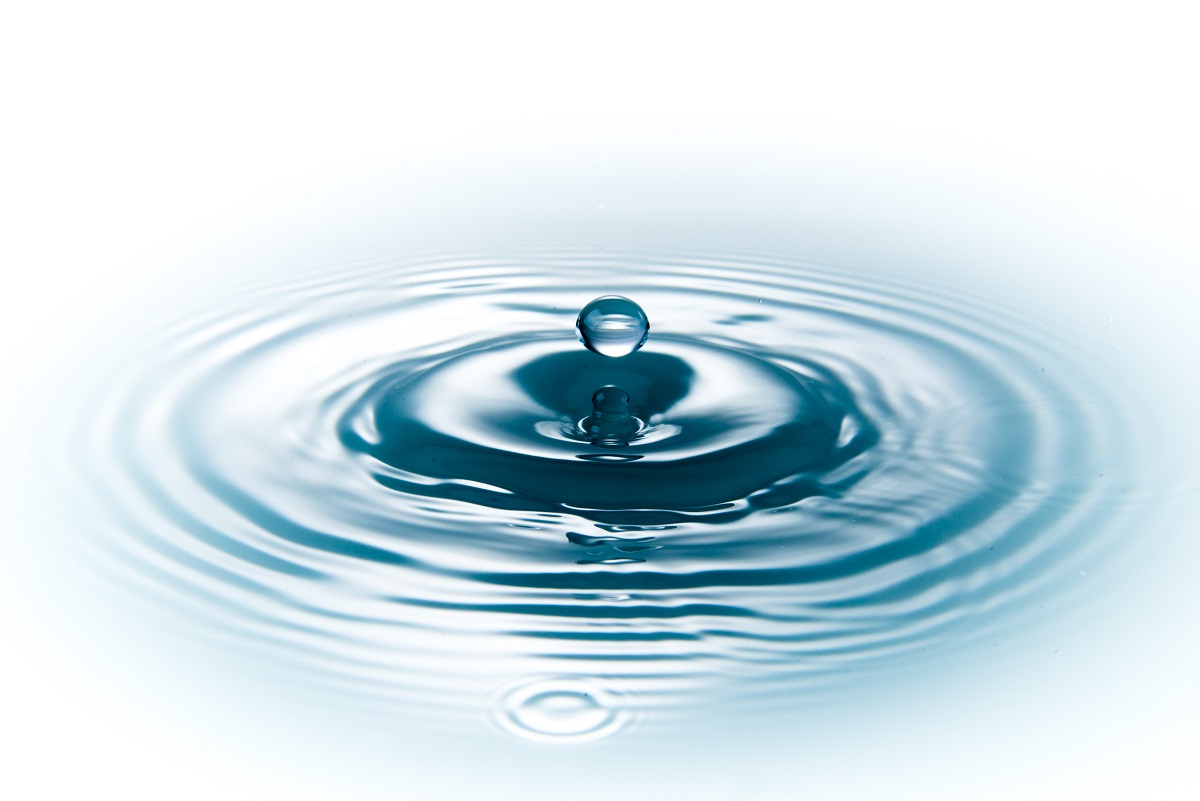You’re practically pouring money down the drain with water that looks, smells and tastes bad. Apart from the fact that impure water is a waste of money, it may also impact your health considering how much water an average Aussie consumes every day.
According to the Riverina Water Council in NSW, Australians use 10 litres of water for drinking and cooking every day. In an average household, 200 litres of water is used for a 10-minute shower, 100 litres for a bath, and 5 litres each for washing the hands and brushing the teeth with the tap running.
These numbers show how much water you maybe consume directly for your body’s needs. If the quality of the water you’re using isn’t up to standard, you might want to look into the following ways you can improve it.
1. Dispose of hazardous waste properly
When improperly disposed of, chemicals and other hazardous waste from your household may contaminate the water supply. When harmful substances reach water sources, they cause contamination and disease, such as cholera, leptospirosis and dysentery.
2. Maintain your pipes and plumbing
Pipes with cracks and leaks are more susceptible to contamination. Old pipes that have corroded are equally risky. To ensure that your plumbing is in good order, watch out for signs of disrepair, such as damp spots, staining or mould growth in places where your pipes are installed. Also, replace galvanised plumbing with lead-free fixtures, such as polyethylene pipe fittings. When a person, especially infants, drink lead-contaminated water, they run the risk of developing behavioural and learning problems, slowed growth and anaemia.
3. Use tap aerators
The small mesh screens attached to the end of faucets are called tap or faucet aerators. These “aerate” or add oxygen in the water, reducing overall water use and providing more consistent water pressure. Apart from that, though, the addition of oxygen to water through aeration can increase water’s palatability, removing its flat taste. And, because an aerator is made of mesh screen with minuscule holes, it can help filter water.
4. Clean water filters

The use of water filters is one of the best, easiest and most accessible ways to improve your water quality at home. However, if you don’t clean what cleans your water, you’re defeating its purpose. Bacteria and other unwanted substances can build up in filter cartridges, so you must clean and replace them in accordance with the instructions of your filter system’s manufacturer.
5. Don’t use hot tap water for drinking or cooking
Hot water systems, like tanks and boilers, provide you with the perfect water temperature for hot baths and showers. But those should be the only ways you use heated water from the tap. Most hot water systems contain metallic parts that corrode over time, which then mixes with the water. The heated water dissolves these contaminants faster than cold water and, if you drink it, you’re consuming the contaminants as well.
Water is vital to everyday survival, so its quality must be maintained at high levels. If you suspect that your water quality isn’t up to standard, make sure to contact your local utility office. To prevent water quality from dipping, though, you must do the practices stated above.

